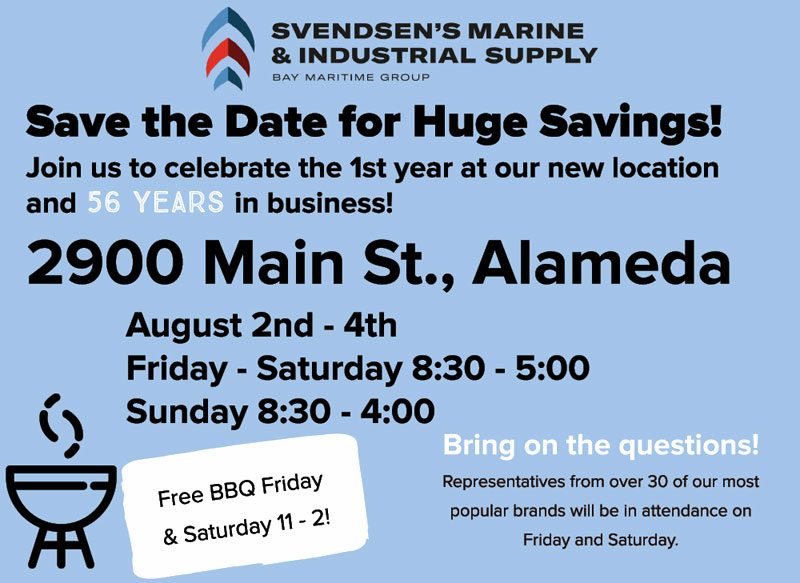
Transpac Sails in Both Directions
Just as many teams are unexpectedly arriving back in California with wounded boats, or in the case of one team, no boat at all, a trio of MOD70s at the front of the fleet is beginning to line up their approach to the Hawaiian Islands. Jason Carroll’s Argo team is sailing a superb race that has seen them maintain a cushion of about 70 miles over Peter Cunningham’s PowerPlay, which is pushing them hard from behind. Giovanni Soldini’s Maserati remains in third place among the three MOD70s that are racing to be the first boat into Honolulu in Transpac 50. As of this writing, Argo had just under 500 miles left to sail. They should finish overnight on Thursday, roughly 10 hours or so off Mighty Merloe’s record pace two years ago.
Aside from the race itself, the storyline of Transpac 50 that has garnered the most attention is undoubtedly the loss of John Sangmeister’s Santa Cruz 70 OEX, and the eventual rescue of her crew by Roy P. Disney and crew onboard the Andrews 70 Pyewacket. “We came across the eerie sight of a mainsail up on a boat that was going under the waves… It’s a pretty tragic thing to see, and these two lifeboats tied together with flashing lights on them,” explained Roy Disney.
Once on the scene, the Pyewacket crew managed the transfer of bodies and began making their way home. “There was no panic, no distress, other than just guys getting into a lifeboat in the dark in the middle of the night in the middle of the Pacific! But everyone handled it perfectly. This is a tribute to sailors in general and our groups that it worked out the way it did.” OEX has been lost at sea while Pyewacket made her way back to Marina del Rey with 19 souls onboard, arriving at 2 a.m. on Tuesday.
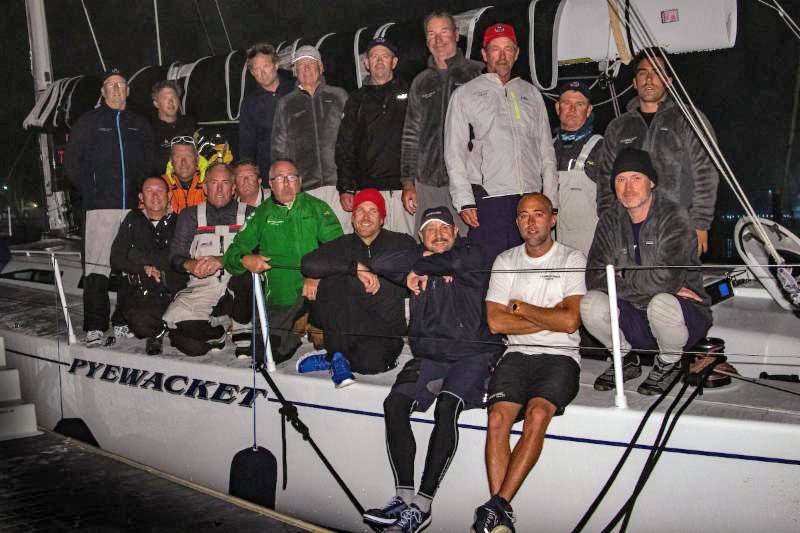
Transpac Yacht Club staff commodore Bo Wheeler revealed in an interview that the sinking of OEX is — incredibly — the first sinking of a boat in the history of the race, which dates back to 1906. Alongside the loss of OEX, several other broken boats have now successfully made landfall in California after retiring. This writer was on the dock in San Diego to help greet his mates on the Hobie 33 Mayhem. They lost a rudder 350 miles offshore and managed to get the boat close enough to the coast to get a tow in to San Diego.
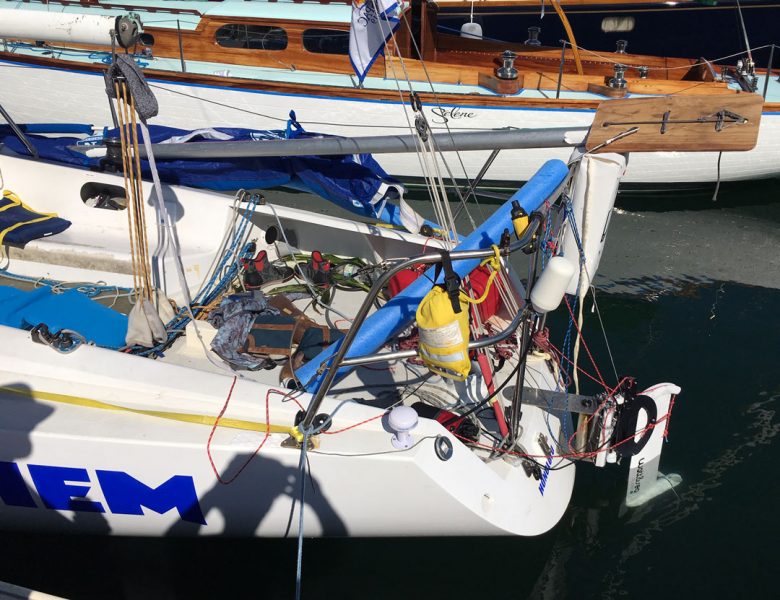
“We rigged the tiller to the hydrogenerator using some small-diameter lines and were able to steer the boat perfectly with the Watt & Sea hydrogenerator. With a Code Zero, storm jib, staysail and storm trysail hoisted, we got the boat back up to 7 knots at times, with a rudder about the size of a skateboard. And it still made electricity — the hydrogenerator was amazing!” explains Mayhem crew Dillon Rainwater.
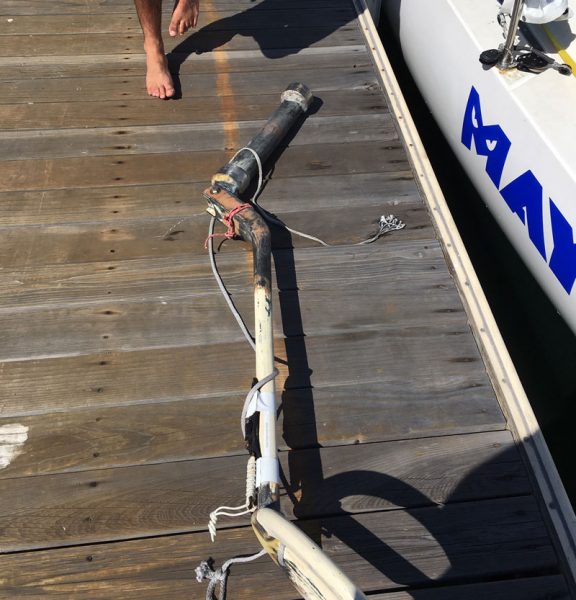
Spirits were high at Mayhem’s arrival party. The crew was able to enjoy some hard-earned mai tais in the sunshine at San Diego YC.
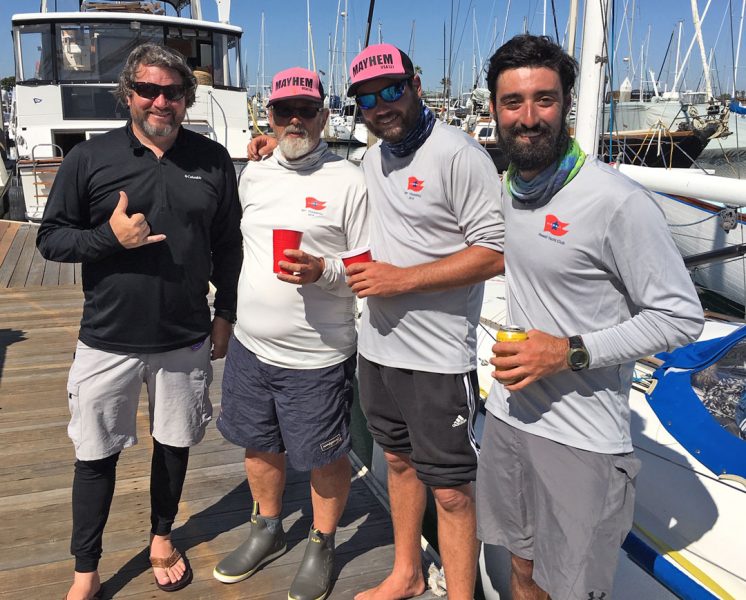
The Friday starters are beginning to climb the overall rankings. Shawn Dougherty and Jason Andrews’ J/125 Hamachi now leads the race overall under the ORR rating rule. The trimarans will finish overnight tonight; Comanche and the monohulls will begin trickling in tomorrow. Most of the fleet is about halfway between California and Hawaii. Stay tuned to ‘Lectronic, the Transpac website and the tracker for more info.
One of the Good Guys: Bill Trenkle
The America’s Cup Hall of Fame recently announced the induction of William T. Trenkle of San Diego. The Hall of Fame launched in 1993. The first class of inductees included Trenkle’s longtime America’s Cup skipper, Dennis Conner; America’s Cup founder from 1851, John Cox Stevens; and 1983’s disrupter, Australian winner John Bertrand. The entire America’s Cup universe can nominate Hall of Fame members.
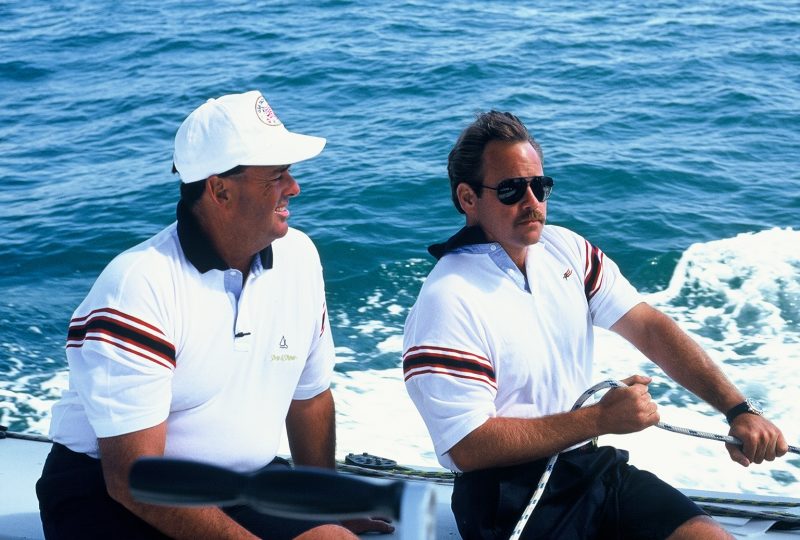
The Hall of Fame announcement shared this background to Trenkle’s long, successful America’s Cup career: “Bill Trenkle is among the leaders who exemplify what racing in the America’s Cup symbolizes. He was part of both winning and losing campaigns and had an excellent reputation for his skills and integrity.”
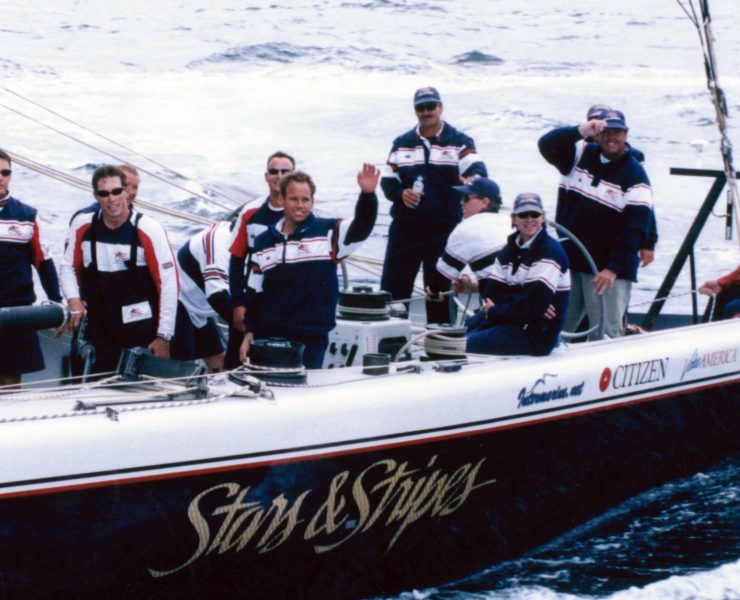
“If one were to describe Trenkle in one word, it would be ‘loyal.’ He raced and worked with Dennis Conner in eight America’s Cup campaigns over a 24-year stretch from 1979 through 2003, winning the America’s Cup three times. During that period, Trenkle evolved from a ‘possible’ crew as a cadet at the State University of New York Maritime College (class of 1980) to Conner’s longtime director of operations.
“In his book, Comeback, Conner said, ‘Bill is a seaman in the finest sense of that term. He understands from both an academic and a practical standpoint what it takes to make a boat go. Give a job to Bill, any job, and you know that it will be done to perfection.’ That is high praise from a demanding skipper like Dennis Conner.
“In the early days of his Cup career, Trenkle was a sail trimmer, first on the tune-up boat and then on the varsity team for the 1986-87 series in Fremantle. As a port tailer aboard the victorious Stars & Stripes ’87, Trenkle had an eye for fast sail shapes, possessed lightning reflexes, and, most importantly, could consistently anticipate what Conner would do with the helm. Conner recalled, ‘I never once had to say a word about sail trim.’
“Using his degree in engineering from the Maritime College, Trenkle assisted in the project managing of the construction of the three 12-Meter yachts for the 1986-87 series and the huge, innovative wing sail for the Stars & Stripes catamaran in 1988. Trenkle has been president and director of operations of Dennis Conner Sports since 1996. No job was ever too big or too small for Trenkle, earning an excellent reputation in the America’s Cup community.”
Beyond Dennis Conner, the short list of members from the West Coast in the Hall of Fame includes Malin Burnham, Doug Peterson and George ‘Fritz’ Jewett Jr. Bill Trenkle is another well-deserved and well-respected member joining the ranks. You can see the full Hall of Fame membership list here.
Svendsen’s Marine Anniversary Party
Global Survey of Women in Sailing
The World Sailing Trust has launched a global survey on women in sailing, looking at trends within sailing and the wider industry around gender disparity. The Strategic Review looks at increasing gender diversity across the sport. As a public document, published on the World Sailing Trust’s website, it will provide recommendations and actions for change.
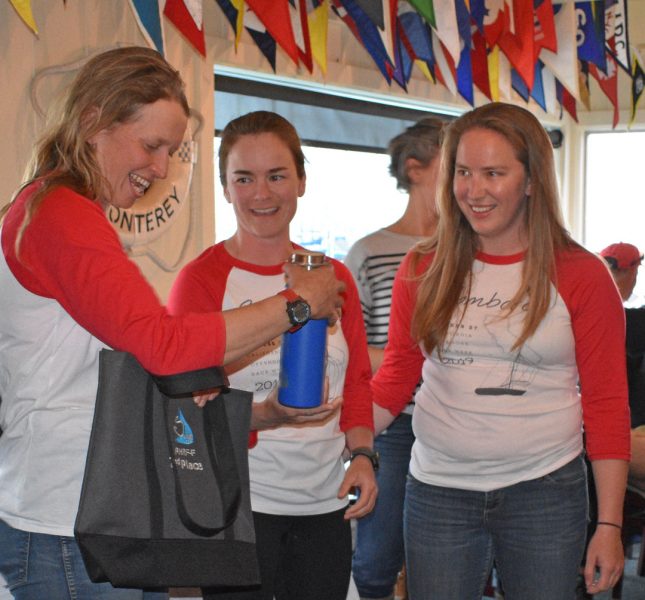
The first step in this process is the survey. It will explore sailing participation trends by gender. The survey is available here. Everyone is encouraged to participate, as the project endeavors to gather views from across the community.
The results of the survey plus research into global best practice will form the basis of recommendations and actions to support women and girls across all areas of the sport.
Dee Caffari, chair of the World Sailing Trust, commented, “We want to understand more about women and girls in sailing: what attracts them, what puts them off, why they drop out, the perceived and real barriers to participation that they might face, and how this varies across countries, ages, classes and competition and different elements of the sport — racing vs recreational vs officials. To complement this knowledge we also want to understand how women’s and girls’ participation could be increased. We strongly encourage the whole sailing and marine community to participate in the survey and tell their own story.”
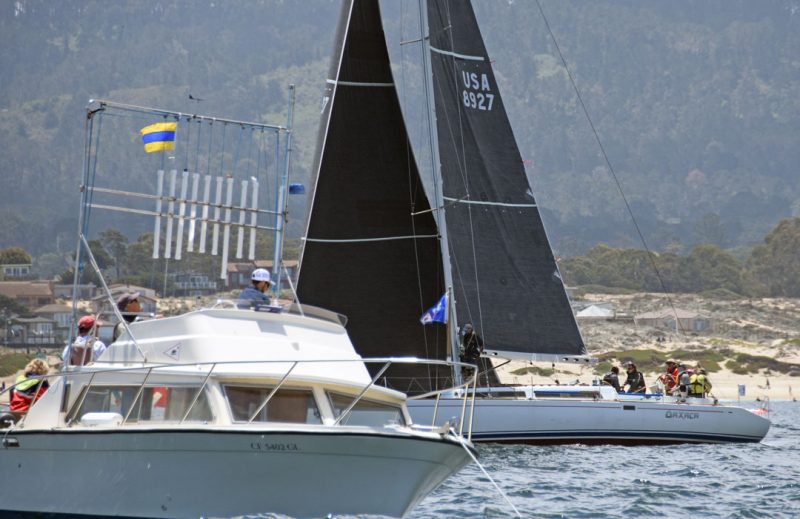
Set up in 2018 by World Sailing, the World Sailing Trust focuses on marine health, access and youth pathways.
The Strategic Review is being led by Victoria Low, and she and the team are keen to hear more from any individual with an interest in this area, and would encourage them to get in touch directly at [email protected].
The initial findings of the Strategic Review will be presented to World Sailing’s stakeholders — class associations, Member National Authorities (such as US Sailing) and committee members — at World Sailing’s annual conference in Bermuda this October. Further insight will be presented to the wider sailing and marine community at the Yacht Racing Forum in November.
The Plastic Plague, Part 2
What’s the best solution to the plastic plague endemic to our modern lives? If we could wave a magic wand, should we pluck up every last piece of plastic from the ocean? Should we rid our grocery store shelves of all new plastic packaging, which is destined for either the energy-draining process of recycling, eons of degradation in landfills, or a slow, toxic breakdown in the ocean?
As we said in part 1 of the Plastic Plague last week, the cultural and financial will to combat marine plastic pollution is gaining momentum. But where are our energy, outrage, and money best placed?
“When we talk about plastic pollution, we don’t know what exactly we’re talking about,” said Nikolai Maximenko, an oceanographer and senior researcher at the University of Hawaii’s International Pacific Research Center. “How much plastic is there? How long does it stay in the water? Plastic is scattered in all three dimensions of the ocean, but we don’t know how much plastic is on the surface, in the water column or on the ocean floor. There is a possibility that we don’t know about the strong, natural mechanisms that degrade plastic.
“It’s important that science finds answers on these open questions. Otherwise, it’s impossible to suggest good solutions.”
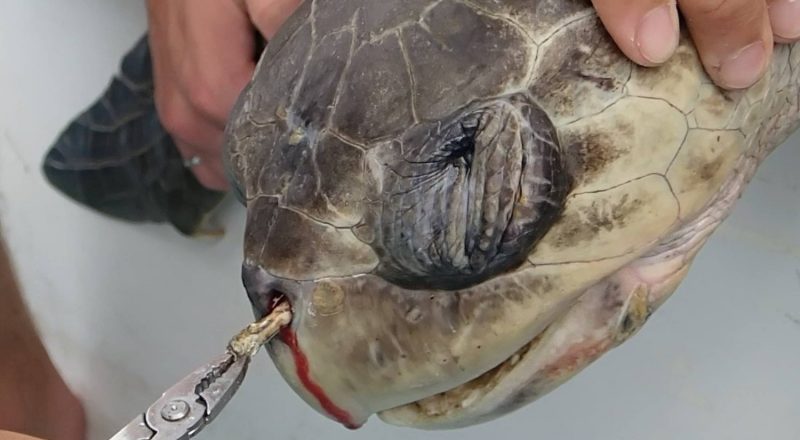
As our emotions swell when images of sea life tortured by plastic make the rounds on social media, humanity, in its righteous haste, might flail toward whatever solution is deemed best to mollify our collective indignation. This is certainly understandable, but could lead to some of the same short-sightedness that created the problem in the first place. “We didn’t know about this side effect of plastic,” Maximenko said. “It’s a beautiful material, but it became this unforeseen problem.”
Consider straws.
“More than six million people have seen the disturbing eight-minute viral video of the sea turtle with a stream of blood draining from his nostril, as two researchers work to extract a four-inch plastic straw,” wrote the Plastic Pollution Coalition in 2015 in an article titled, “The turtle that became the anti-plastic straw poster child.” Since then, straws have been targeted as symbols of humanity’s plague set upon the earth.
“In recent months, seemingly every major company, several American cities, and smug Instagrammers have pledged to ditch their plastic straws, leading to considerable media coverage,” read an article by eater.com last year. “The effort first saw huge spikes in interest early this year, around the same time that anti-plastic groups like the Surfrider Foundation announced country-wide campaigns to eliminate straws.”
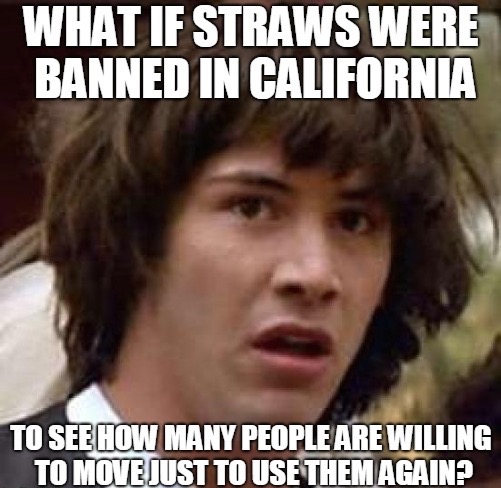
Don’t get us wrong; we think that plastic straws should be greatly reduced or eliminated, but we want to be careful not to assign excessive blame, excessive outrage, and excessive funding to any one product.
Newport Beach sailor Chris Welsh — owner of Ragtime and Cheyenne — said that microfiber pollution is a far bigger concern than straws. “Every water sample that you take has microfibers in it,” Welch told us in a February interview. “Every sea-salt sample has microfibers. Mussels, clams and oysters all have microfibers in them.”
Maximenko reiterated the need to first understand the problem. “Because of the complex composition of plastics — including macro-object, microplastics, and largely unstudied microfibers and nanoparticles — and based on our understanding, optimal solutions can be very different than what we are thinking. Building an observing system that will see all components of the problem is a great task for the next generation of scientists and engineers.”
Has Sea Life Actually Adapted to Plastic?
In his quest for data and firsthand observations, Nikolai Maximenko has enlisted the help of sailors over the years, including one of our favorites: Randall Reeves. “It’s not easy to reach each of the boaters and find people who are really qualified,” Maximenko said. “But Randall, he is the best. We’ve collaborated with him two times, and he’s provided unbelievable reports and fantastic photos and video material.”
Reeves first worked with Maximenko in 2011, when Reeves was singlehanding his 31-ft Far East Mariner Murre from the Hawaiian Islands to Alaska. The sailor and scientist worked together again last year, during the Pacific leg of Reeves’ Figure 8 Voyage 1.0.
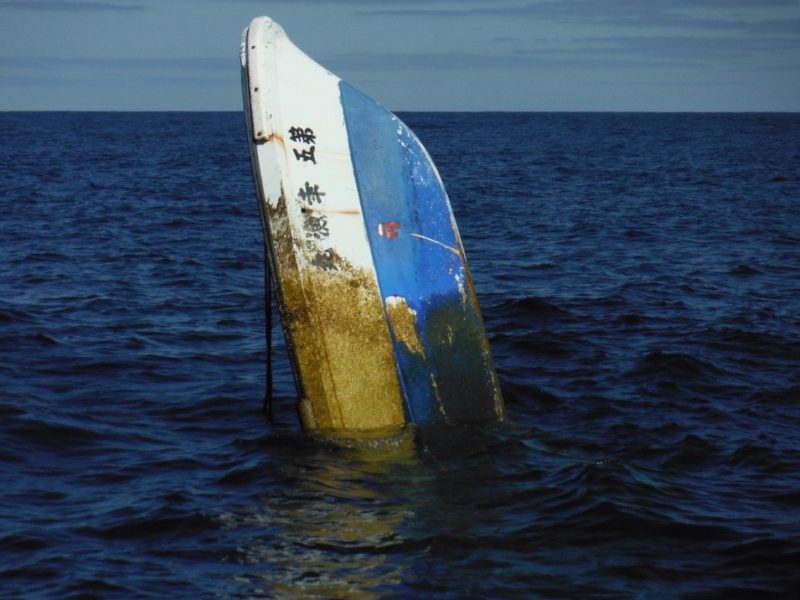
We recently emailed Randall Reeves — as he was still in the North Atlantic and making his way toward Halifax, Nova Scotia — about his citizen science work. “I will say that my biggest epiphany regarding ocean plastic is that it’s quickly colonized. On my first Pacific cruise, back in 2011 when I was pulling plastic from the Japanese tsunami, every single thing I pulled from the water was attended by a fish or a crab. Anything of size in the water becomes a reef, which is to say, protection. If you were a small fish in a big ocean with no place to hide and you suddenly came across a small thing to hide behind, you’d never leave. Which is to say, what we think of as trash others call home.”
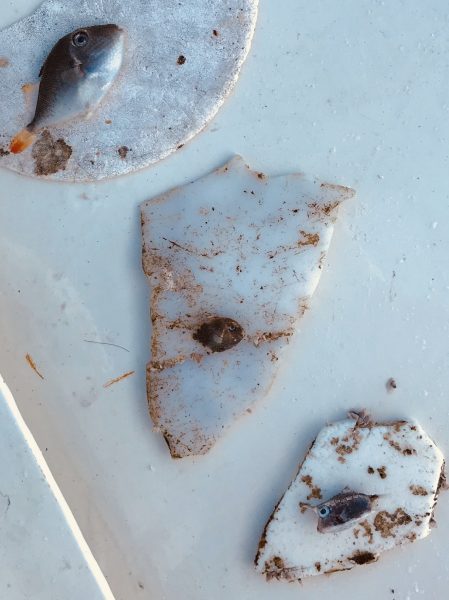
Is there a terrible irony to the Plastic Plague, or just a further symptom of our misunderstanding? While we struggle to conceptualize the problem and hurl ourselves at solutions that best fit convenient narratives, nature might simply be adapting to the problem. “Cleaning up” the ocean may, therefore, be fraught with problems.
This is a criticism that’s been levied at The Ocean Cleanup Project. “Longtime critics of the Ocean Cleanup . . . have repeatedly pointed to the potential of [the] system to hurt the ‘ecological community’ on the ocean’s surface, including jellyfish, water striders, and tiny creatures known as blue sea dragons,” The New Yorker reported. The Ocean Cleanup said this is why they’re trying to innovate a way to “passively” collect plastic from the ocean. “Actively going after plastic with vessels and nets would be costly, labor intensive, harmful for sea life and would take very long,” the Cleanup said on their website.
But a cleanup can also be an ethos and statement of intention. “I like cleanups as an idea, as a way to develop new technology, and as a unifying activity that raises people’s awareness and brings them together,” Maximenko said, adding, “This includes cleanups of shorelines and land.”
Looking for Citizen Scientist Sailors
“We are looking forward to boats arriving in Honolulu during Transpac,” Maximenko said yesterday, hoping that some vessels returning to the West Coast from Hawaii — or those doing the “Transpac” — might be willing to do some citizen science for him.
If you are interested, you can reach Maximenko via email here.

